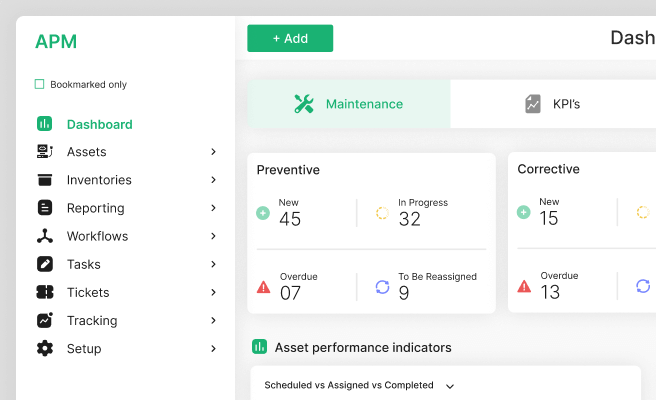MVP (Minimum Viable Product)
<p>An MVP (Minimum Viable Product) is a foundational concept in product development, particularly vital for startups and innovation-driven companies. An MVP is a simplified version of a product that includes only the essential features necessary to address the core problem and validate the product idea with real users. This allows businesses to test their hypotheses swiftly, gather user feedback, and iterate on the product before committing significant resources.</p>
<p>In the context of digital design for climate tech, creating an MVP can help companies quickly launch solutions that address urgent environmental challenges. For example, a climate tech startup focusing on carbon capture might develop an MVP that demonstrates the basic functionality of their technology, allowing them to attract initial users, secure funding, and refine their solution based on real-world feedback.</p>
<h2>Importance of MVP in Product Design</h2>
<p>Developing an MVP is crucial for several reasons:</p>
<ul>
<li><strong>Risk Mitigation:</strong> By releasing a product with only the core features, companies can test the market response and reduce the risk of investing in a product that might not meet user needs.</li>
<li><strong>Cost Efficiency:</strong> MVPs require fewer resources compared to fully-featured products, making it easier to manage development costs, especially for startups with limited funding.</li>
<li><strong>Accelerated Learning:</strong> Releasing an MVP enables rapid learning from user feedback, allowing for iterative improvements and faster time-to-market.</li>
</ul>
<h2>Components of an MVP</h2>
<p>To build an effective MVP, focus on the following components:</p>
<ul>
<li><strong>Core Features:</strong> Identify the essential features that address the primary problem your product aims to solve. Avoid adding unnecessary functionalities that can delay the launch.</li>
<li><strong>User Feedback Mechanism:</strong> Implement tools to gather user feedback effectively. This can include surveys, user interviews, and analytics tools like <a href="https://www.hotjar.com" style="color: #2896FF; text-decoration: underline;">Hotjar</a> or <a href="https://www.google.com/analytics" style="color: #2896FF; text-decoration: underline;">Google Analytics</a>.</li>
<li><strong>Scalable Architecture:</strong> Design the MVP with scalability in mind to accommodate future enhancements without requiring complete system overhauls.</li>
</ul>
<h2>Case Studies in Climate Tech</h2>
<p>Several climate tech companies have successfully utilized MVPs to streamline their product development:</p>
<ul>
<li><strong>CarbonCure Technologies:</strong> This company developed an MVP to test its technology that injects captured CO2 into concrete during mixing. The initial MVP helped secure partnerships and funding, leading to further development and deployment.</li>
<li><strong>AgroSustain:</strong> Focused on sustainable agriculture, AgroSustain released an MVP of their natural fungicide for crops. Early feedback from farmers enabled them to refine their product and scale their operations effectively.</li>
</ul>
<h2>Challenges in Developing an MVP</h2>
<p>While MVPs are highly beneficial, they come with their own set of challenges:</p>
<ul>
<li><strong>Feature Prioritization:</strong> Deciding which features to include in the MVP can be difficult. It's crucial to focus on the core problem and validate the solution without overcomplicating the product.</li>
<li><strong>User Perception:</strong> Users might perceive an MVP as incomplete or subpar. Clear communication about the MVP's purpose and future development plans can help manage expectations.</li>
</ul>
<h2>Overcoming MVP Challenges</h2>
<p>To address these challenges, consider the following strategies:</p>
<ul>
<li><strong>Stakeholder Involvement:</strong> Engage stakeholders, including potential users, in the development process to ensure the MVP addresses critical needs effectively.</li>
<li><strong>Iterative Testing:</strong> Use an iterative approach to test, learn, and refine the MVP. This helps in making data-driven decisions and improving the product incrementally.</li>
<li><strong>Clear Roadmap:</strong> Develop a clear roadmap for future development, highlighting planned features and improvements to assure users of ongoing product enhancements.</li>
</ul>
<p>In summary, an MVP is an essential strategy for digital product design, allowing companies to validate ideas, reduce risks, and iterate based on user feedback. By focusing on core features and leveraging user insights, businesses can develop impactful products that meet market needs while managing resources efficiently.</p> <p>If you’re looking for inspiration to elevate customer and user experience for enterprise-grade products, View our work with the Ministry of Health of Saudi Arabia for curating the UX of an <a href="https://www.whatifdesign.co/work/enterprise-software-for-hospitals" style="color:#2896FF; text-decoration:underline;">Asset Management Tracking Platform</a></p>
<p>Ready to get started? <a href="https://cal.com/akhilak/what-if-design?duration=30" style="color:#2896FF; text-decoration:underline;">Book a 1:1 consultation call</a> with us today.</p>

Let's scale your impact with great design.
Free consultation, no sales pitch
Thank you! Your submission has been received!
Oops! Something went wrong while submitting the form.
Let’s talk
Nothing great is built alone.
Let’s connect about your vision, our work and how we can collaborate.
Get in touch

